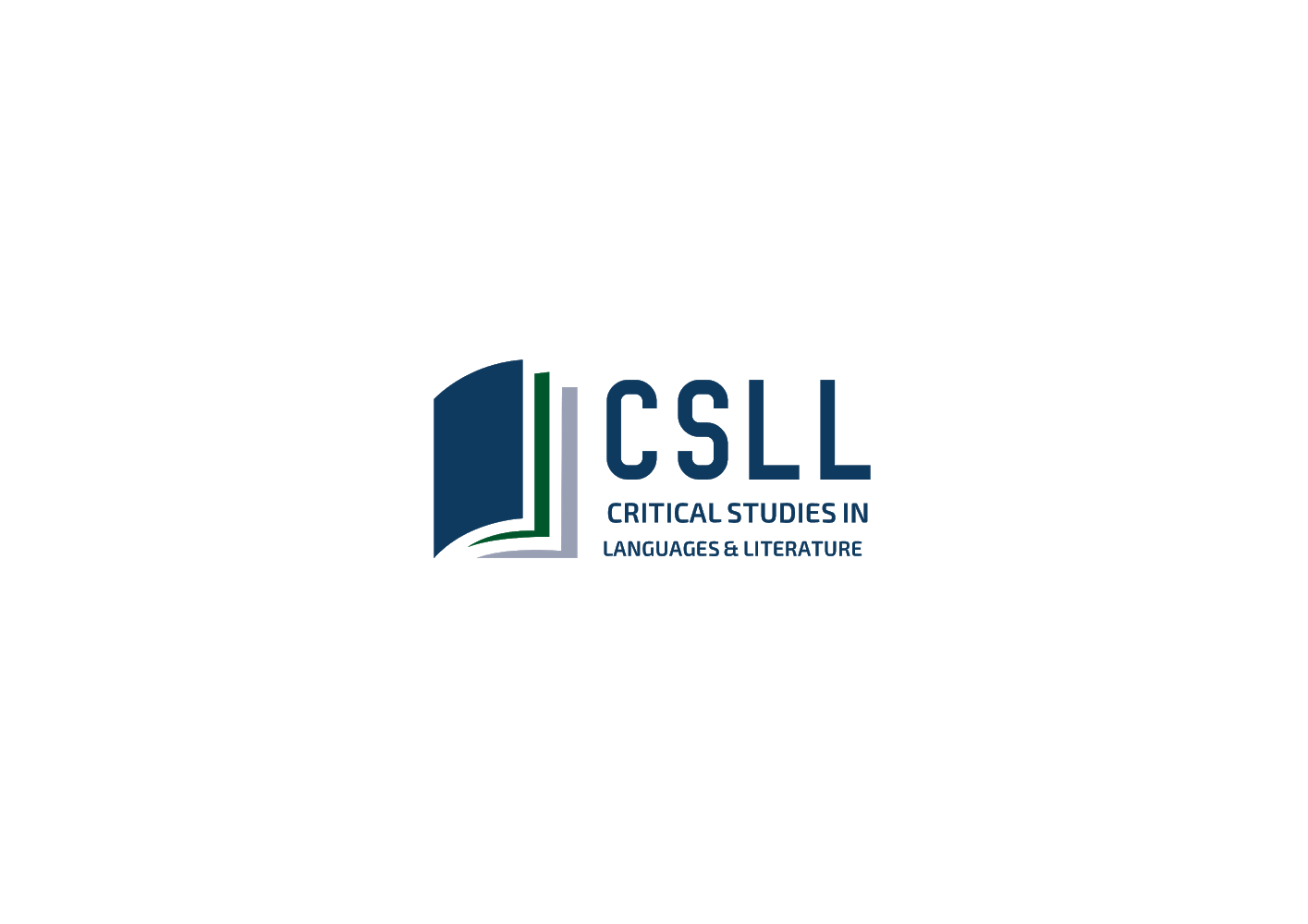| Original Research | ||||||||||||||||||||||||||||||
The Efficacy of Using Translation Process Research Tools in Developing Students’ Translation Competence Maryam A. Almofadhi.
| ||||||||||||||||||||||||||||||
| How to Cite this Article |
| Pubmed Style Maryam A. Almofadhi. The Efficacy of Using Translation Process Research Tools in Developing Students’ Translation Competence. CSLL. 3; 2(1): 0-0. doi:10.5455/CSLL.1693730656 Web Style Maryam A. Almofadhi. The Efficacy of Using Translation Process Research Tools in Developing Students’ Translation Competence. https://www.criticalstudiesinlanguagesandlit.design/?mno=168038 [Access: December 06, 2023]. doi:10.5455/CSLL.1693730656 AMA (American Medical Association) Style Maryam A. Almofadhi. The Efficacy of Using Translation Process Research Tools in Developing Students’ Translation Competence. CSLL. 3; 2(1): 0-0. doi:10.5455/CSLL.1693730656 Vancouver/ICMJE Style Maryam A. Almofadhi. The Efficacy of Using Translation Process Research Tools in Developing Students’ Translation Competence. CSLL. (3), [cited December 06, 2023]; 2(1): 0-0. doi:10.5455/CSLL.1693730656 Harvard Style Maryam A. Almofadhi (3) The Efficacy of Using Translation Process Research Tools in Developing Students’ Translation Competence. CSLL, 2 (1), 0-0. doi:10.5455/CSLL.1693730656 Turabian Style Maryam A. Almofadhi. 3. The Efficacy of Using Translation Process Research Tools in Developing Students’ Translation Competence. Critical Studies in Languages and Literature, 2 (1), 0-0. doi:10.5455/CSLL.1693730656 Chicago Style Maryam A. Almofadhi. "The Efficacy of Using Translation Process Research Tools in Developing Students’ Translation Competence." Critical Studies in Languages and Literature 2 (3), 0-0. doi:10.5455/CSLL.1693730656 MLA (The Modern Language Association) Style Maryam A. Almofadhi. "The Efficacy of Using Translation Process Research Tools in Developing Students’ Translation Competence." Critical Studies in Languages and Literature 2.1 (3), 0-0. Print. doi:10.5455/CSLL.1693730656 APA (American Psychological Association) Style Maryam A. Almofadhi (3) The Efficacy of Using Translation Process Research Tools in Developing Students’ Translation Competence. Critical Studies in Languages and Literature, 2 (1), 0-0. doi:10.5455/CSLL.1693730656 |








